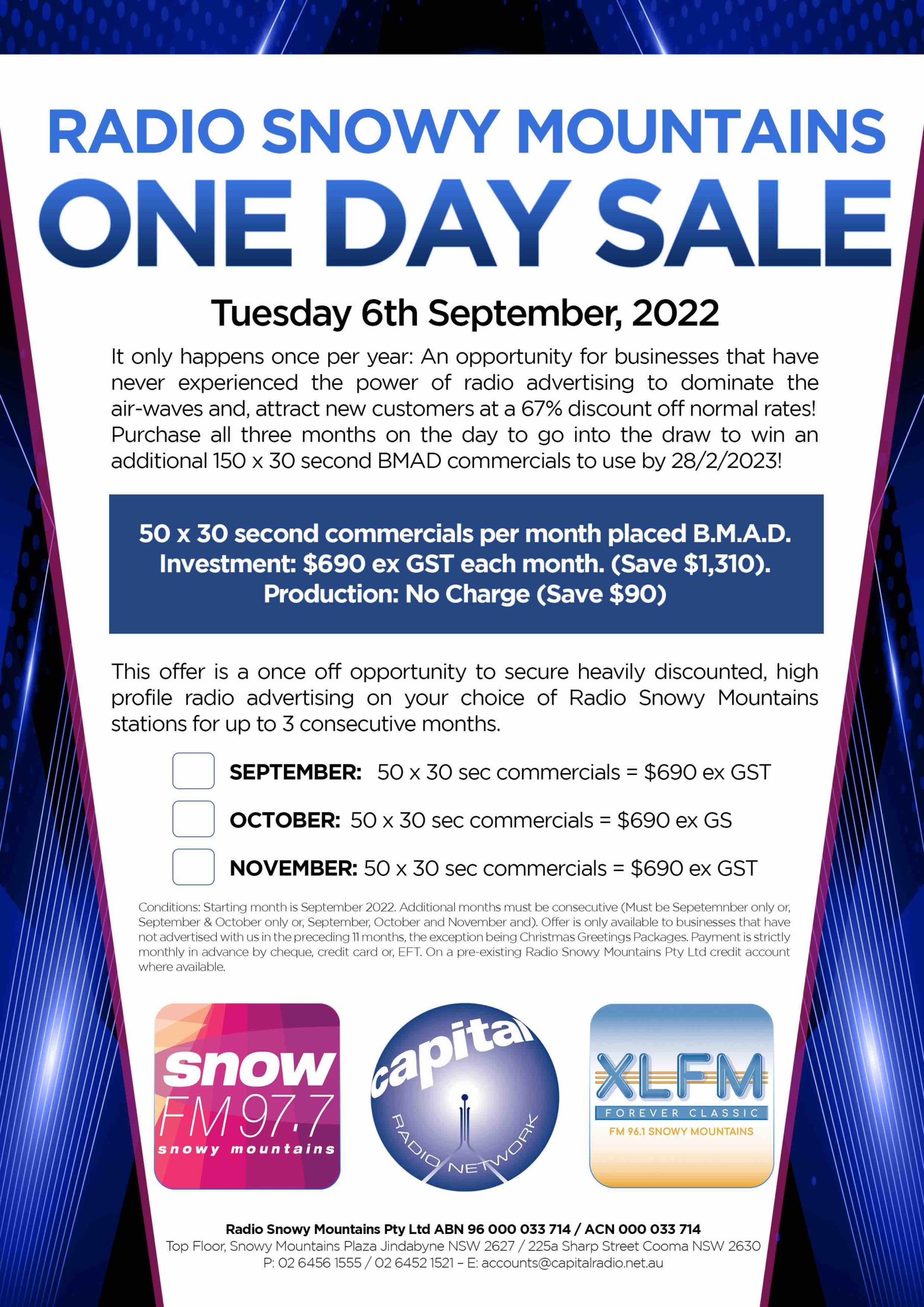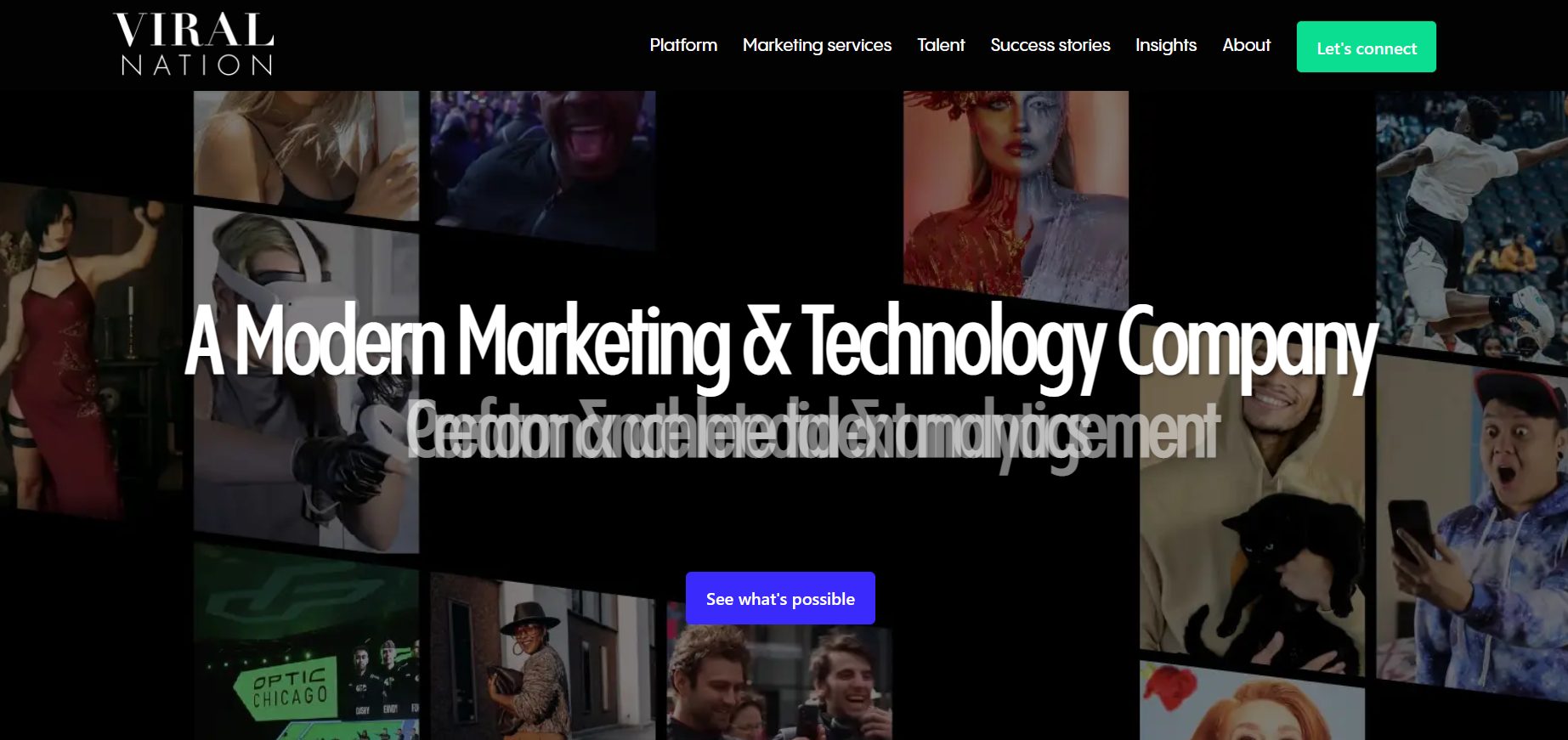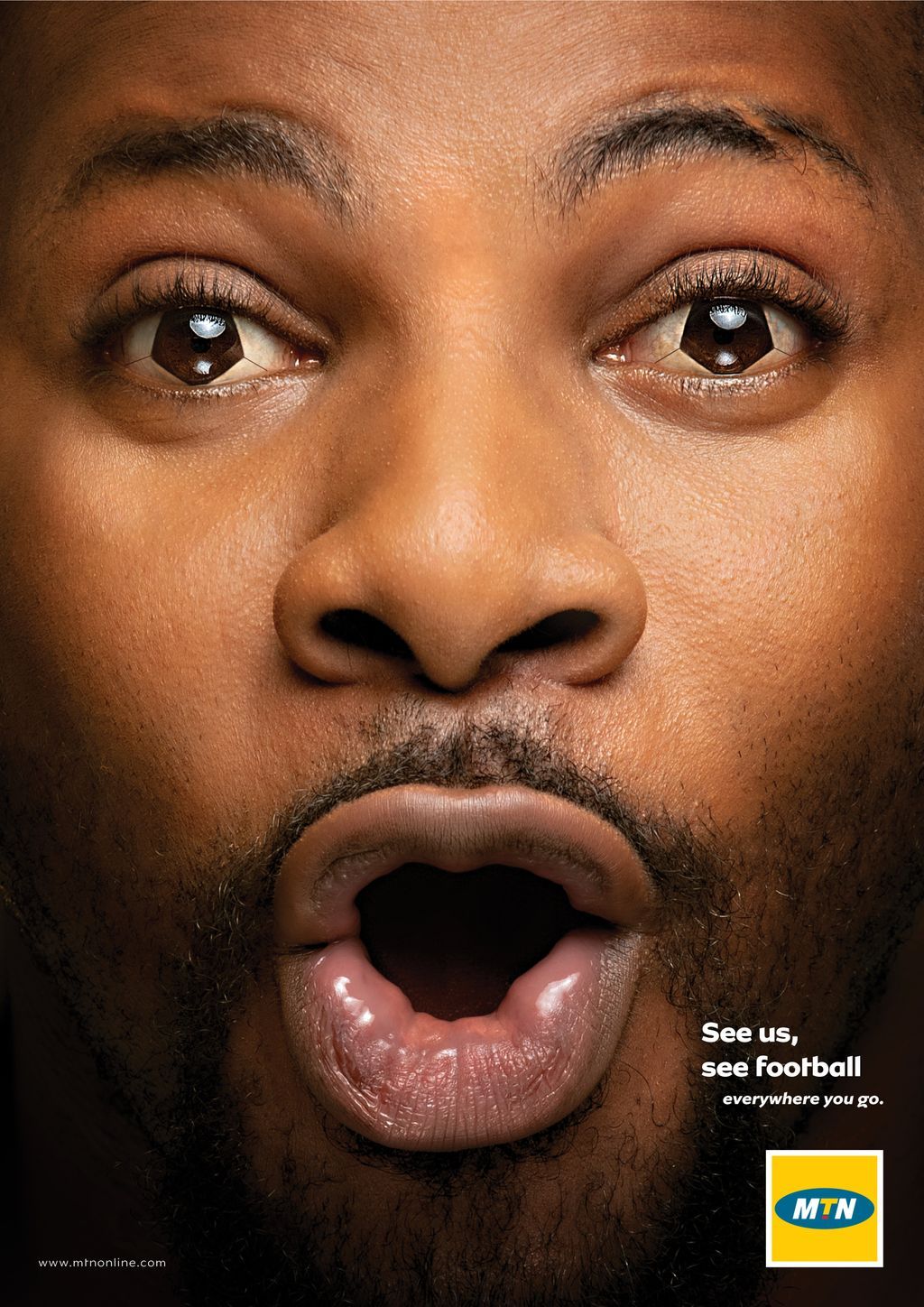
Outdoor digital signage is an effective and efficient way to market your business. You can build relationships with customers by using digital signage.
There are a few different types of outdoor digital signage, including weatherproof signs, electronic billboards, and oversized displays. The best type for your needs depends on the space and budget you have available, as well as the communication goals you want to achieve.
Digital signage can be found in outdoor locations such as store windows with high-bright LCD screens, outdoor message centers that emit high-brightness light, or LED signs for gas prices. Some signs can be controlled remotely using a remote control, which allows you to modify and maintain your message.
Outdoor advertising is made easy with weatherproof LED signs. The signs' outer shell is tough enough to withstand heavy rains and snow, as they can also withstand vandalism.

Outdoor LED signs can be a great choice for restaurants or other businesses that require visibility at all times. You can personalize them with your logo or design to make them stand out.
The key to a successful marketing campaign is choosing the right sign. Signs that are attractive and appealing to the eye, match your target audience and are easy to use are the best. You should also ensure that the sign is suitable for outdoor placement.
A good sign will be easy to see from a distance. You should include a call to action to encourage people towards your business.
This industry is home to some of the most prominent companies that offer outdoor signage solutions for a wide variety of clients. DynaScan Stratacache and Seepoint are just a few.
These are all well-respected companies that will provide top-of the line outdoor screens with brightness control, energy efficiency and vandal resistance. They can also install these screens for you so that you can begin displaying them immediately.

Outdoor signage also has the advantage of being remote-controlled. This allows you to change the content at any time even when you aren't there. This is especially useful for emergency announcements and public safety messages.
The company also offers cloud-based software called ScreenHub that lets you manage all of your outdoor signs from a single interface. It is the easiest way for you to manage all your signs from one interface. This is especially important if you have multiple locations and want to stay in touch.
These are just some of the most widely used options for outdoor signage. However, there are many other options. The best way to find out what is right for your needs is to talk to an expert about your particular project and get advice on how to choose the best solution for you.
FAQ
What is advertising?
Advertising is an art. Advertising is more than selling products. It's about creating emotional connections between people and brands.
Advertising is about sharing stories and using images for ideas.
It is important to communicate clearly and persuasively. Your target market should be able to relate to the story you tell.
This makes advertising different from other forms of communication, such as public speaking, writing, or presentations.
A successful ad campaign is a way to establish a brand identity.
This is how you are memorable. You become someone that people remember.
What is advertising's basic purpose?
Advertising is not just about selling products; it's also about creating an emotional connection between you and your customers.
Advertising is about communicating ideas and values to people who are already interested in what you have to offer. Advertising is about changing minds and attitudes. It's about building connections.
It's about helping people feel good about themselves.
But, if you don’t have a clear understanding of your customers’ needs, you will not be able sell anything.
It is essential to first understand the needs and purchasing habits of your customer before you embark on any advertising project.
This will allow you to create ads that resonate with your target audience.
How do I choose my target market?
Start with yourself, and the people closest to you. If you don't know where to begin, ask yourself, "who am I trying to reach?"
Ask yourself these questions: Who do you consider the most influential in your industry? What are their daily problems? Who are my top-ranking people? They hang out online.
Go back to the beginning when you started your business. Why did your start? What problem were you able to solve and how did this happen?
These questions will enable you to identify your ideal client. They will also reveal their personality and reasons for buying from them.
To get clues about who they cater to, you can also check out your competitors' social media pages and websites.
Once you have identified your target customers you will need to choose the channel to reach them. For example, if your company provides services to real estate agents, you might create an informational website targeting home buyers.
A blog that targets small-business owners could be a possibility if you are a software provider.
You could also create a Facebook account for teens if you sell clothing. For parents who are looking for child-friendly restaurants, you might set up your own Twitter account.
The point here is that there are many ways to get your message across.
What do you need to know about television advertising?
Television advertising has the potential to reach large audiences at once. It was also extremely expensive. It is powerful, however, if it is used well.
Although there are many kinds of TV ads to choose from, all share the same characteristics. You must ensure your TV ad fits within the category it is being placed. Don't confuse a lifestyle ad with a product advertisement if you are running a commercial. Your message should remain consistent throughout the campaign.
The second thing to remember is that the best time to air your ads is during prime-time hours. This is because TV viewers often relax while in front of the screen. They should be able to concentrate on what you are saying.
Last but not least, just because you have a lot of money does not mean that you will get great results. It may be the reverse. The University of California conducted a study that found commercials shown on popular programs were less likely than those on non-popular programs to sell products. You should ensure that you spend your money wisely if you plan to advertise on television.
Why not advertise your business on social media?
Social Media Marketing allows you to reach customers right where they are, via social networks like Facebook, Twitter, LinkedIn and YouTube. You can also target specific audiences within these networks by using keywords.
This advertising method is cost-effective because it costs less to market online than traditional methods. It allows you build strong relationships between your potential and existing clients.
It's simple to begin using social media to promote a business. You only need a smartphone or computer and internet access.
What is branding?
Branding is how you communicate who you are and what you stand for. It is how you make people recall you when they hear you name.
Branding is all about creating an identity that makes your company memorable. A brand is not just a logo but also includes everything from your physical appearance to the tone of voice used by employees.
Because customers know exactly what they are getting, strong brands help them feel confident in purchasing from you. Customers feel confident in choosing your products to those of their competitors.
Apple is a prime example of a company with a strong brand. Apple is a globally recognized brand because of its beautiful design, high-quality product lines, and friendly customer service.
Apple has been synonymous with technology since its inception. Apple is synonymous with technology.
When you consider starting a business, it's important to develop a brand. This will give you and your business a face.
What are the basics of print advertising?
Print advertising is a good medium to communicate effectively with consumers. Many companies use print advertising to promote their products. The goal is to get the consumer's attention.
Print ads are typically short (1 page) and usually include text, photos, logos, or other graphics. Print ads can also contain sound, animation, videos, and hyperlinks.
Here are the main types and classifications of print advertising:
1. Brochures - Large format printed brochures are used to draw people in to stores. They often have colorful pictures and eye-catching designs.
2. Catalogues- These are smaller versions and variants of brochures. These are often sent to customers who have asked for information on particular items.
3. Flyers – These are tiny pieces of paper distributed at events like concerts or fairs. These flyers are usually free, but they must be purchased if given to retail outlets.
4. Posters – These are larger versions than flyers. These flyers can be displayed on buildings, fences and walls. They are typically created using computer software programs that aim to attract the attention of passersby.
5. Direct mail - These are letters or postcards that are sent directly to potential customers. These are sent out by companies to remind customers about their business.
6. Newspaper Ads - These are placed in newspapers and magazines. They can be quite lengthy and often include text as well as images.
Statistics
- This means that at least 50% of an ad needs to be shown on the screen for at least one second. (quicksprout.com)
- Advertising spending as a share of GDP was about 2.9 percent. (en.wikipedia.org)
- It's 100% reliant on your website traffic. (quicksprout.com)
- Worldwide spending on advertising in 2015 amounted to an estimated US$529.43 billion. (en.wikipedia.org)
External Links
How To
How can I advertise on Google
AdWords is Google's advertising platform where businesses can buy ads based on keywords they want to target. First, you need to set up an account. Set the budget, select the campaign name, and then add keywords. Then you bid on those keywords. Clicking on an advertisement will only result in you being paid if the click is from someone who searched one of your targeted keyword phrases. This ensures that you are paid even if people do not buy anything.
Google offers many tools to ensure your ads are successful. They include Keyword Planner, Ads Preferences Manager, and Analytics. These tools allow you see which options work best for your business.
A keyword planner helps you determine which keywords to use for your campaigns. The keyword planner also helps you determine how much competition exists for specific keywords. This will allow you to decide whether you want to spend money bidding.
You can use Ads Preferences Manager to change settings like the maximum number of impressions per day and the minimum cost per click.
Analytics lets you track the performance of your ads and compare them to competitors. You can also view reports comparing the performance of your ads with others.